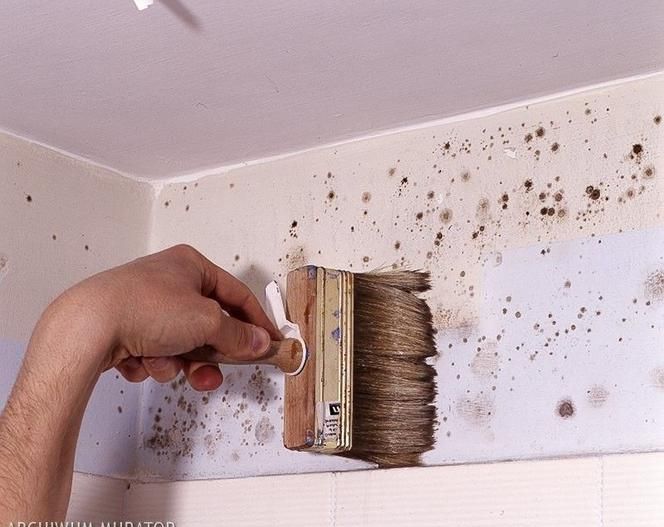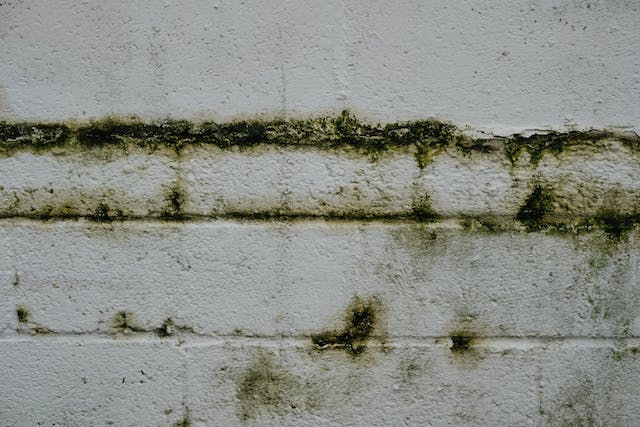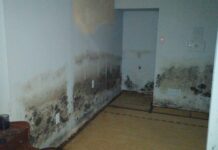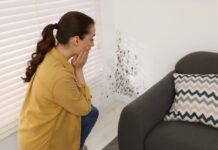Mold can be a silent intruder, often lurking in the shadows of our homes, waiting to strike without warning. As homeowners, we tend to focus on the visible aspects of our living spaces—paint colors, furniture arrangements, and the latest decor trends—while the invisible threats can pose greater risks.
Understanding how to spot mold early is crucial, not just for the integrity of our homes but for the health of our families. This article aims to equip you with essential tips to identify mold before it becomes a more significant issue, guiding you through the telltale signs, the most common breeding grounds, and simple preventive measures.
With a little vigilance and knowledge, you can keep your home mold-free and maintain a healthier living environment. Let’s dive into the world of mold detection and discover how you can stay a step ahead.
Signs of Mold Growth in Your Home

Mold growth in your home can be insidious, often lurking in dark corners and unnoticed crevices. The first signs are frequently subtle, manifesting as a musty odor that seems to linger even after cleaning.
Look closely at damp areas, especially in bathrooms, kitchens, or around windows where condensation accumulates; signs of discoloration—fuzzy, dark patches on walls, ceilings, or even under sinks—can signal a serious issue. Pay attention to any visible water stains or peeling paint, as these can indicate moisture problems conducive to mold growth.
If you or your family members start experiencing unexplained allergies or respiratory issues, it’s time to investigate further. Mold can affect your health, thriving in the shadows while you remain blissfully unaware.
Vigilance is crucial—don’t let the quiet invader set up camp in your living space!
Proactive Measures: Preventing Mold Growth

To effectively ward off mold growth, homeowners must adopt a series of proactive measures that create an inhospitable environment for this unwelcome intruder. Start by meticulously inspecting your home for any signs of water intrusion—basements, attics, and under sinks are prime spots where moisture tends to accumulate unnoticed.
Ensure proper ventilation in areas like bathrooms and kitchens, utilizing exhaust fans that whisk humidity away. Additionally, consider investing in a dehumidifier if your climate is particularly damp.
Remember, it’s not just about fixing leaks; it’s also about keeping your homes structure dry and well-circulated. Regularly check and clean gutters to prevent overflow and direct moisture away from your foundation, while incorporating mold-resistant materials in renovations as a smart, long-term strategy.
Engaging in these preventative steps amplifies your home’s defenses against mold, promoting a healthier living space and reducing future remediation costs.
Maintaining Humidity Levels: Tips for Homeowners

Maintaining optimal humidity levels in your home is essential for mold prevention and overall comfort. Aim for a humidity range of 30% to 50%; anything higher sets the stage for mold growth.
To achieve this balance, consider using a dehumidifier in damp rooms like basements and bathrooms. Ensure that your home is well-ventilated—open windows when the weather permits, and utilize exhaust fans during cooking and showering.
Don’t overlook the importance of checking for leaks, whether under sinks or around windows; these can quickly elevate moisture levels. Lastly, be mindful of indoor plants—while they add life to your space, excessive watering can inadvertently contribute to humidity issues.
Regularly monitoring and adjusting these factors can significantly reduce the risk of mold and promote a healthier living environment.
Conclusion
In conclusion, being proactive in spotting mold early can save homeowners from extensive damage and costly remediation processes. By regularly inspecting your home for signs of moisture, ensuring proper ventilation, and addressing leaks promptly, you can create an environment that is less conducive to mold growth.
Don’t hesitate to enlist the help of a professional Mold Inspection Company if you suspect any issues or want peace of mind about your homes safety. By taking these preventative measures, you not only protect your property but also safeguard the health and well-being of your family, making your home a cleaner, safer space for everyone.







